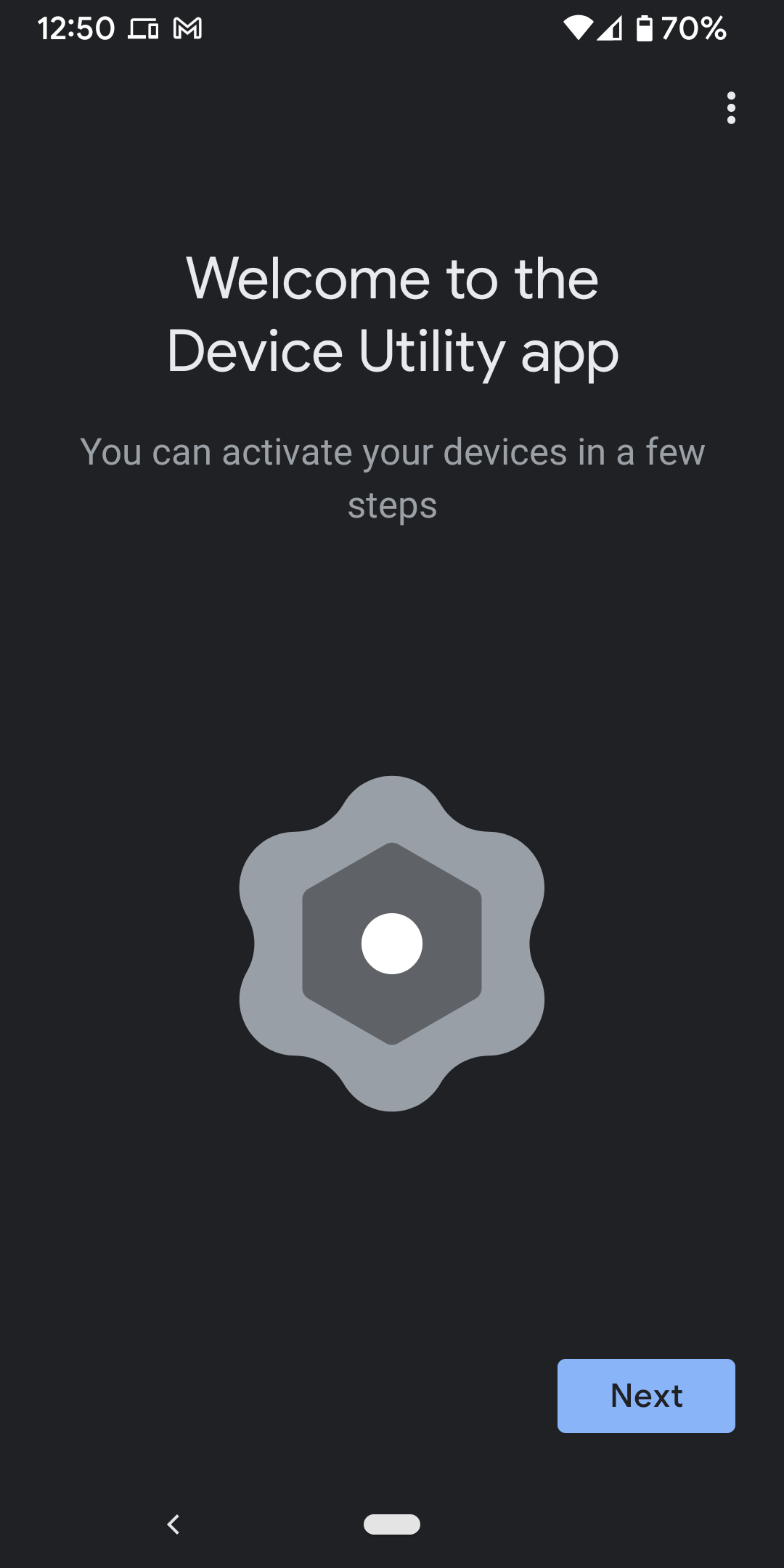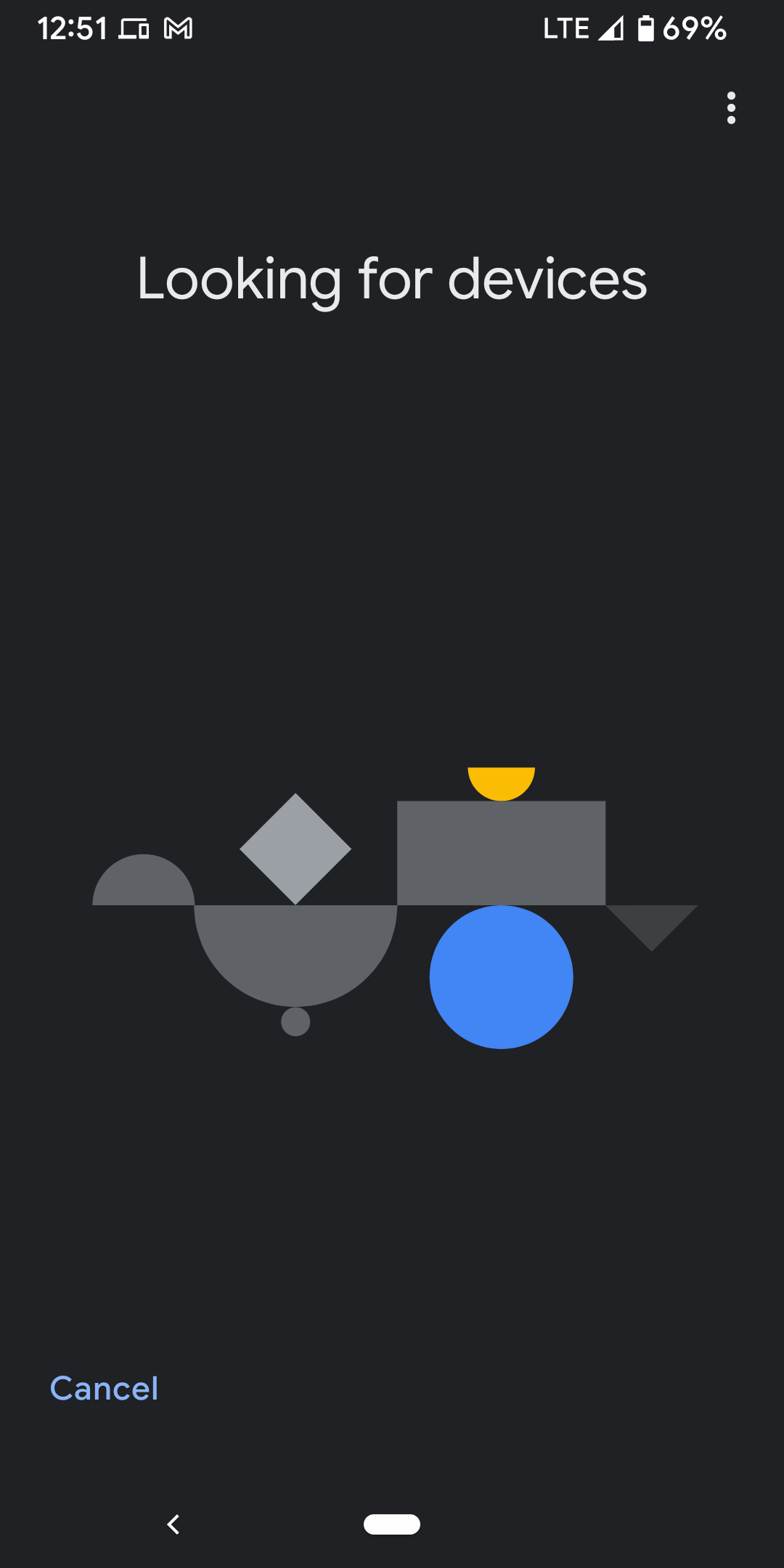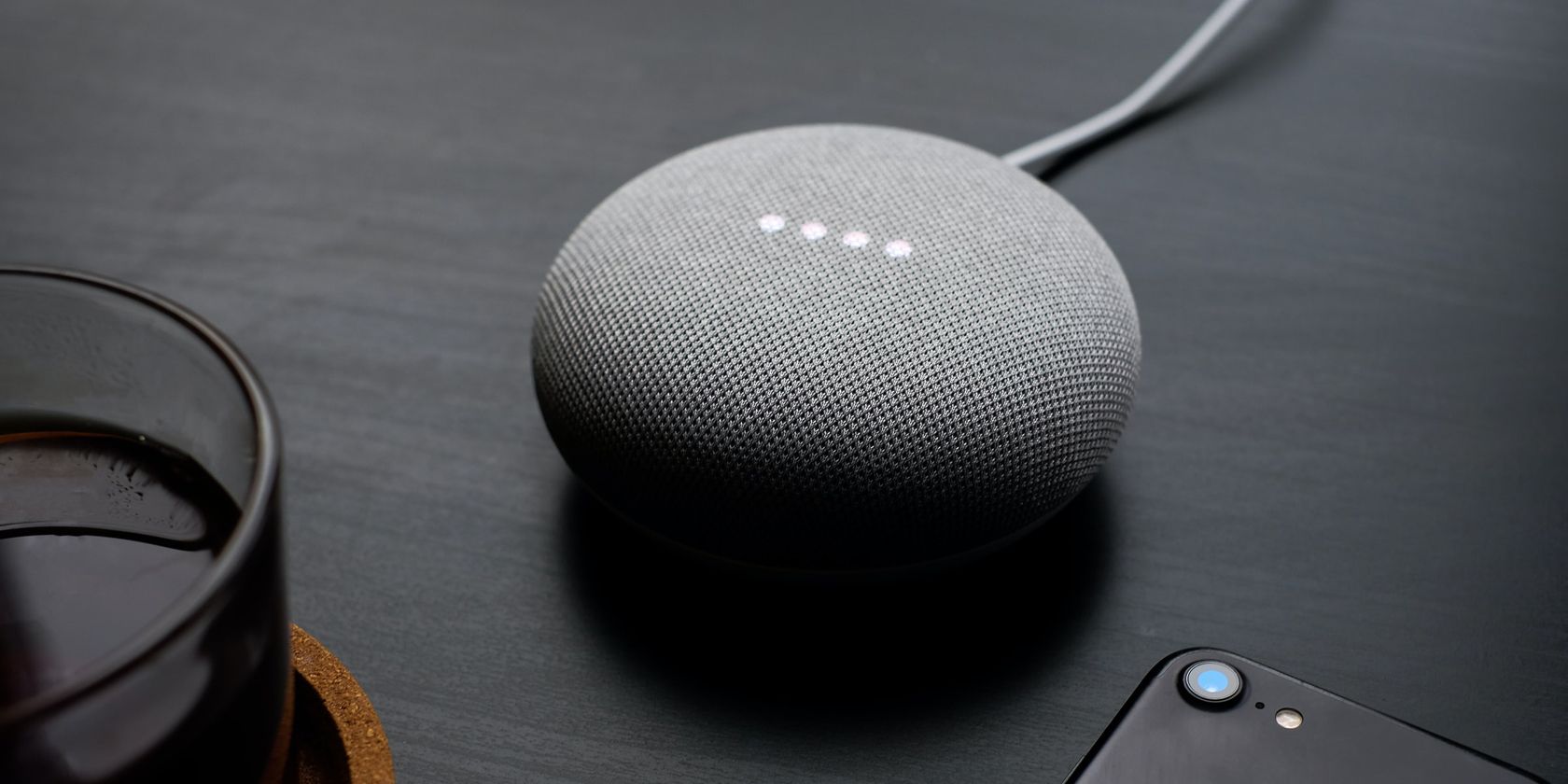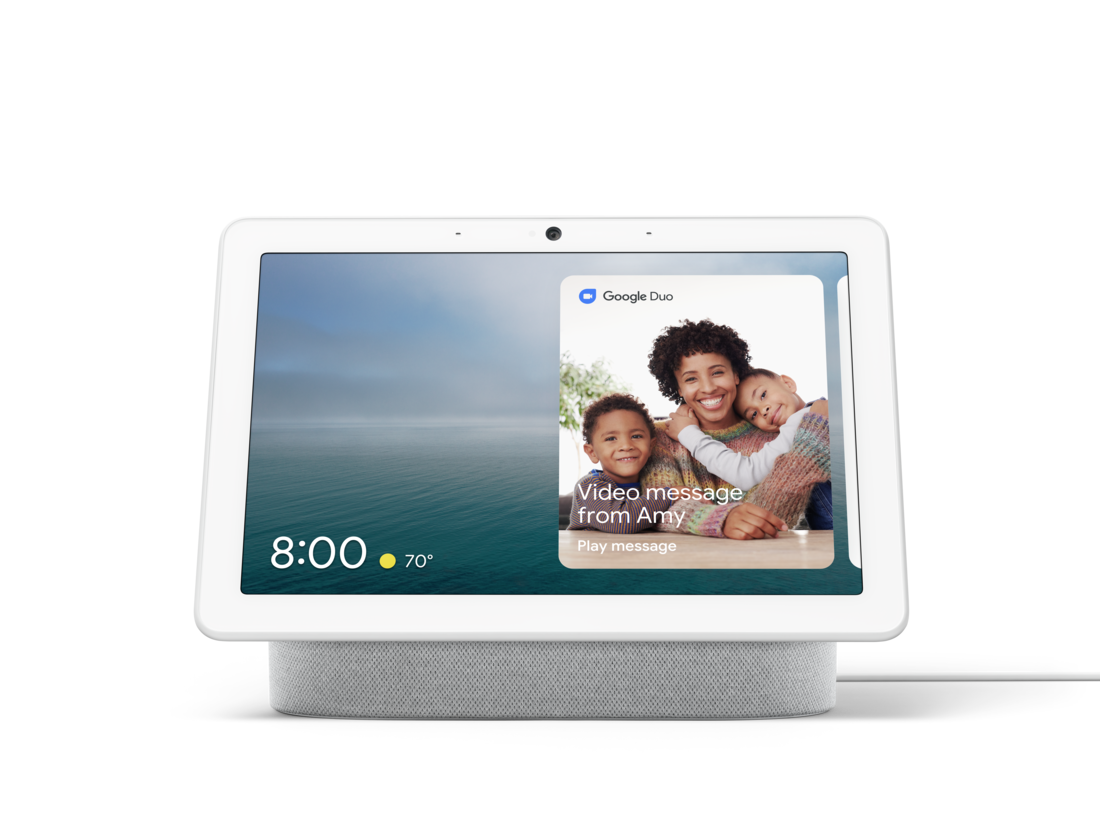If you own a smart speaker with Google Assistant included, you're in for a big surprise---and not a good one. Because of a lawsuit filed by Sonos, Google's smart speakers are losing one of their most useful functions. Here's the lowdown.
Sonos vs. Google: The Lawsuit
Sonos manufactures a popular line of multiroom speakers and soundbars. In a lawsuit, Sonos accused Google of stealing proprietary information obtained when the two companies previously partnered on Google's now-discontinued Play Music service.
Sonos said that Google infringed on several of its patents, including technology used to:
- Set up new devices
- Use a controller device to instruct speakers to connect and play
- Create speaker groupings
- Synchronize audio across multiple connected speakers
Sonos sued Google for patent infringement related to playing multi-speaker audio and to using a controller device to assist in connection and playback.
After a lengthy legal battle, on January 7th, 2022, the US International Trade Commission ruled that Google had infringed on five of Sonos' patents---and that Google must remove those functions from its smart speakers and accompanying software or face an import ban on its devices.
The Ruling: Sonos Wins While Google and Its Users Lose
Fortunately, Google doesn't have to stop selling the infringing products. Instead, it's making changes to its device functionality via firmware updates and removing offending features from its Google Home mobile app.
Google is removing the following features:
- The ability to simultaneously control the volume of multiple speakers with a single command
- The ability to adjust speaker group volume in the Google Home mobile app using your phone's physical volume controls
- The ability to add new devices to the Google Home app
How the Google vs. Sonos Ruling Will Affect You
If you own a Google Nest or Google Home smart speaker, this ruling affects how you use that device.
First, Google has removed the multiroom audio control functions, so you won't be able to issue a single command to a speaker group. Instead, you'll need to issue commands to each speaker individually to change volume levels. It's not a big thing, but it will definitely change the way you play multiroom music.
Not being able to easily add new devices through the Google Home app, however, is more problematic when you're setting up new devices. If your smart speakers are already configured in the Google Home app, nothing changes for you. It's only when you have to install a new Google Home device that things change, although Google already has a workaround.
The workaround comes from Google's newly-introduced Device Utility app, which you can download for free from the Google Play Store or Apple App Store. Google offloads the connection functionality to this separate app, which gets around the infringement issue, as confirmed by the Commission's approval of Google's plans.


These changes affect all Google Nest and Google Home speakers and the second-generation Google Nest Hub. Devices from other manufacturers that connect to the Google ecosystem, including JBL smart speakers and Lenovo smart clocks, are also impacted.
What You Should Do Next If You Own a Google Smart Speaker
Based on these changes, here is what you should do next:
- If you have one or more Google smart speakers already configured on the Google Home mobile app, you don't have to worry about the installation issue. Your devices are already installed and that doesn't change. You can keep using your Google Home device as normal.
- If you have a new Google smart speaker and need to add it to the Google Home mobile app, you'll first need to download and install the Device Utility app and use that to install your new device.
- If you have multiple Google smart speakers in different rooms, you'll no longer be able to control the volume level for all at the same time. When you want to adjust the volume, you'll need to do it for each speaker individually.
All in all, these aren't major changes, but they will affect how you use your Google devices.
Google vs. Sonos: Consumers Are the Real Losers
As is almost always the case with fights over alleged patent infringements, consumers are the ones who lose out. As is the case here. Thankfully, Google's workarounds ensure that this particular fight won't have too much of an impact on end users.


